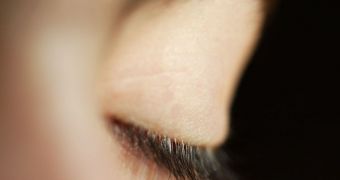One of the most peculiar medical disorders is undoubtedly the sudden unexpected nocturnal death syndrome (SUNDS). People who develop this condition eventually die in their sleep, due to the fact that their heart simply stops. In an interview for Cinemafantastique magazine in 2008, “A Nightmare On Elm Street” (1984) director Wes Craven said that the famous horror movie was partially based on this extremely weird disorder. The thing about this condition is that if affects mostly young adults of Southeast Asian descent, who are otherwise healthy, LiveScience reports.
Scientists explain that the mechanisms through which SUNDS acts are very insidious. This rare genetic disorder rears its ugly head when the human body fails the otherwise-simple task of coordinating the electrical signal pattern that tells the heart to beat. According to assistant professor of cardiology Matteo Vatta, who is based at the Baylor College of Medicine, in Houston, Texas, the electrical coordination is deficient in sleeping men, and this is the main reason why their hearts stop. The disorder is very difficult to diagnose, and this may help account for the relatively large number of cases.
“The heart can be normal for quite some time, and then it may stop unexpectedly. Usually, the heart stops at night, and in Southeast Asia it once caused more deaths amongst young males than car accidents,” explains Vatta for Life’s Little Mysteries. He adds that the main reason why sufferers die at night is the fact that the heart beats weaker during the night than during the day, which exposes it more to the influence of the electrical signal pattern abnormalities. During sleep, SUNDS overpowers the innate ability to regulate these signals. When this happens, the heart begins spasming, and death ensues shortly after.
In a worrying twist, some researchers have hypothesized that nightmares may be directly linked to the emergence and development of this condition. But critics to this idea say that no conclusive studies have yet linked the dangerous condition to the content of one's dreams. Researchers also have no clues as to why the disease occurs, or how to treat it. Even specialized electrocardiograph (EKG) tests have difficulties in identifying the condition.

 14 DAY TRIAL //
14 DAY TRIAL //